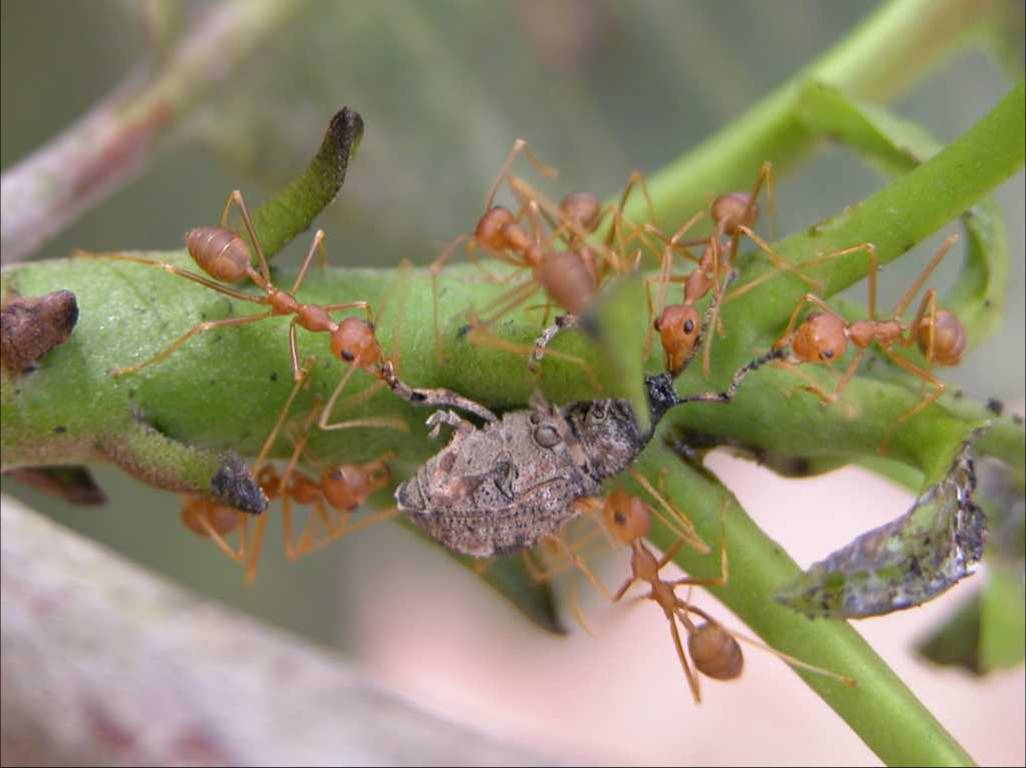During 2014- 2016, farmers in Chau Thanh district, Tra Vinh province, Vietnam under financial support from Tra Vinh Department of Science and Technology, applying technical package and supervision of IAS and economic contract with Ecotiger Ltd company has been, produced, processed and exported organic rice following standard of EU, USDA and JAS to EU and America.
Shrimp value chain in Vietnam functions with a large number of farmers. They stay in the weakest position in the chain due to their small individual scale with an average land of about 0.5 ha/farm, and low skills (Ho, 2012). As a leader and holding the strongest power in the shrimp value chain, the processors determine shrimp prices and set up requirements of shrimp quality and size in the market though quality control has not been completely implemented due to the limitations of financial capital,
Value chain governance in the shrimp sector refers to the relationships among the primary and secondary actors namely input suppliers, farmers, collectors, processing plants and governmental institutions. Traditional governance type of the shrimp value chain in the early state (before the year 2004) showed the different levels of coordination of farmers with collectors, among collectors, and collectors with processing plants.
Straw mushroom sector has been strongly growing in Vietnam since last decade with more than 64,500 tons/year of production. The development of the sector helps improving both farm household’s income and the environment by reducing pollution from rice straw burning at the end of the rice cultivation season.
For establishing the favourable media for growth of Phaeoacremoniumparasiticum, the fungus was inoculated in five different media (Potato Dextrose Broth (PDB), Host Extract (50%) + PDB (50%) (HE + PDB), and the solid media viz., Rice Bran (RB), Maize Meal (MM) and Wheat Bran (WB)) at pH of 6.5 and incubated at a temperature of 30˚C ± 1˚C. The solid media wereadded with water at the rate of 70 ml/100g of solid substrate.
Acreage and grain yield (GY) of maize in Vietnam have continuously increased in recent years but GY (4.8 ton/ha) is till lower than that of the world average (5.2 ton/ha). Therefore, opportunities for increasing yield and production of maize in Vietnam as well as in Mekong Delta in particular are still very large. Ministry of Agriculture and Rurak Development is planning to shift 30 thousand ha of low efficiency rice growing areas in to maize by 2015 and 80 thousand ha by 2020.
Nanh Chon rice flavored with a special symbol is the speciality of Dat Do district, Ba Ria-Vung Tau province, and is famous for rice delicious rice in the South, used the occasion of anniversaries and New year and reception guests. Nanh Chon rice grown only 1 season/year and suitable for measures to transplant the study direct sowing techniques and maintain quality in storage for later use is necessary
Late blight (Phytophthora infestan sp.) resistance of 39 potato clones/ cultivars and 6 promising cultivars by artificial infection in plastic house was evaluated at Dalat. The results showed that the disease severity and incidence of evaluated clones/ cultivars was significantly different
OM 10041 was selected from a combination hybrid D23/C56. OM 10041 has the advantage of flexible and aromatic rice, short duration 90-95 days, hard stem, strong tillering, high yielding, especially in the winter-spring ranges from 6 to 8 tons/ ha, amylose content 20-21%.
Information on genetic diversity among traditional varieties is critical in breeding programs as this influences parental selection in varietal development. A total of 100 traditional varieties in the genebank of the Cuu Long Delta Rice Research Institute (CLRRI), Vietnam, were used to explore this diversity using SSR markers.


 Curently online :
Curently online :
 Total visitors :
Total visitors :
 Download file
Download file